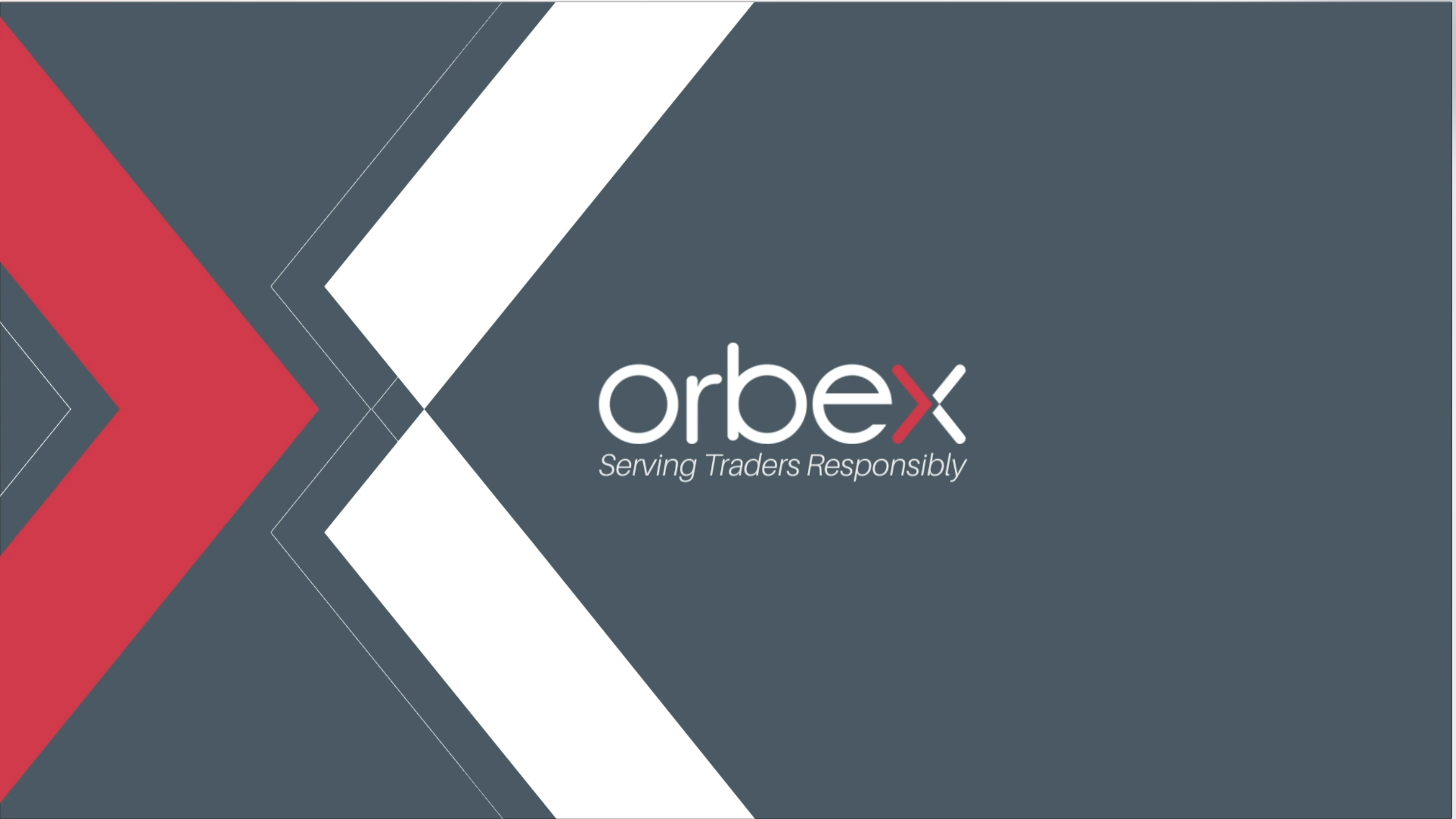Canada’s Inflation Accelerates in December
Inflation rises to 2.0% in December, beating estimates

Consumer prices released from Canada last week showed that inflation increased, surprising the market to the upside. The unexpected acceleration should not change the Bank of Canada’s current wait-and-see mode.
The Bank of Canada held interest rates unchanged at its meeting in January.

Headline inflation decreased by 0.1% in December, according to official data released by Statistics Canada. This was lower than the forecasts which expected a 0.4% decline during the month.
On a yearly basis, headline inflation accelerated from 2.0% to 1.7%. This was slightly above estimates as the median forecasts signaled that inflation remains at the same pace of 1.7%.
Despite the jump of 0.3 percentage points in the 12-month inflation rate, the Bank of Canada will remain on the sidelines. This comes as inflation sits within the BoC’s mid-price band of 2.0%.
Higher prices for services
The surprise rise in inflation was seen driven by higher services prices. The services sector increased by 3.5% on an annualized basis, compared to December 2017. This was the biggest 12-month jump in prices since August 2008.
Airfares rose by 21.7% on the month and increased 28% on a year over year basis. However, the jump comes due to revisions to the methods employed to measure inflation since March 2018. This should bring further surprises in the near term. However, the Bank of Canada will look through these temporary glitches.
The core inflation rate, which excludes the volatile food and energy prices, increased by 0.2% on the month. This brought the annual core CPI rate to 2.5% on the year. It was the biggest gain in 12 months since October 2015.
Fuel prices continued to fall, posting a monthly decline of 6.5% or 8.6% on an annualized basis.
Various other measures of underlying inflation did not signal significant changes in December and close to the BoC’s 2.0% inflation target rate. The common CPI rose 1.9% while the median CPI increased 1.8%, and the trimmed CPI was at 1.9% for the period.
At its previous meeting, the Bank of Canada gave a dovish outlook. It revised down both growth and inflation data. The central bank forecast that inflation could slip to 1.7% owing to lower oil prices. However, inflation should increase eventually to 2.0%.
With underlying prices showing relative stability, the central bank is in no rush to hike interest rates. A faster pace of rate hikes could potentially risk the economy into a recession. This comes as the global economy experiences a slowdown. Both the U.S. and the Eurozone are already forecast to post lower growth rates, but for different reasons.
The U.S. government shutdown has repercussions
The current U.S. government partial shutdown is expected to impact the GDP figures while in the Eurozone, Germany was seen barely avoiding a recession. Data indicates that growth could potentially slow in the coming quarters.
The central bank signaled at its previous meeting that the interest rate was not on a preset course. Officials stressed that they would closely assess the economy before deciding on hiking interest rates.
While the BoC’s rate stands at 1.75%, it signaled that the neutral interest rates remain around 2.5% – 3.5%. This gives the central bank officials more room for policy tightening, but at its own pace.
The crude oil markets, domestic housing sector, trade disputes, and slowing demand domestically are some of the risks that the BoC will be observing in setting its future interest rates policy.
Join our responsible trading community - Open your Orbex account now!




